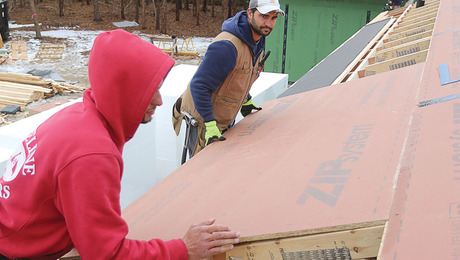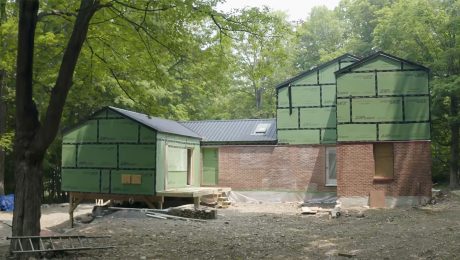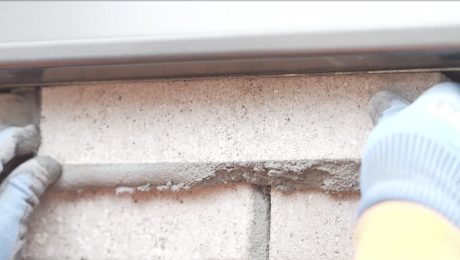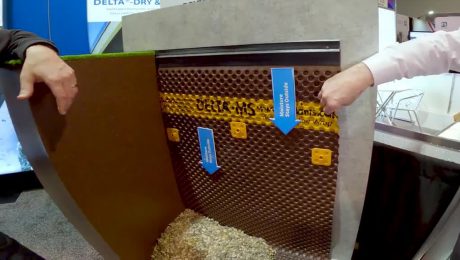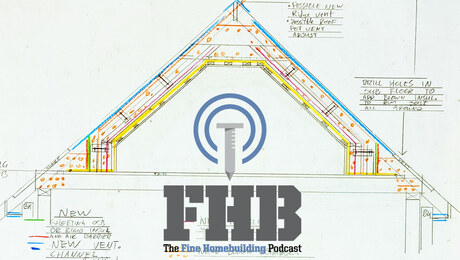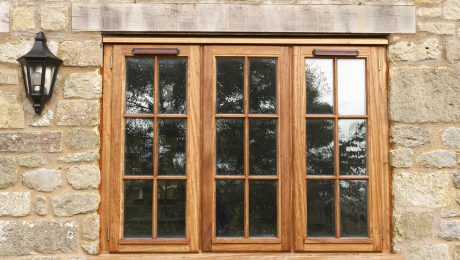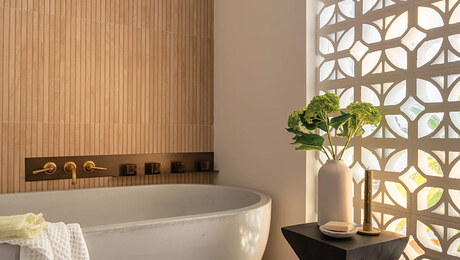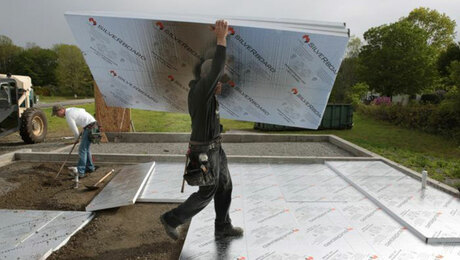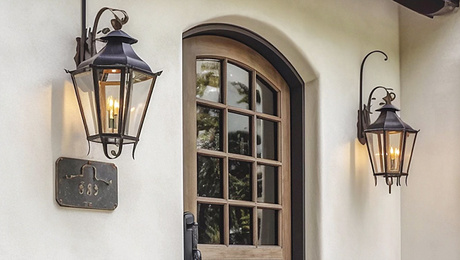Surface-Bonded Block
A strong, fast and inexpensive alternative to poured-concrete or block-in-mortar walls.
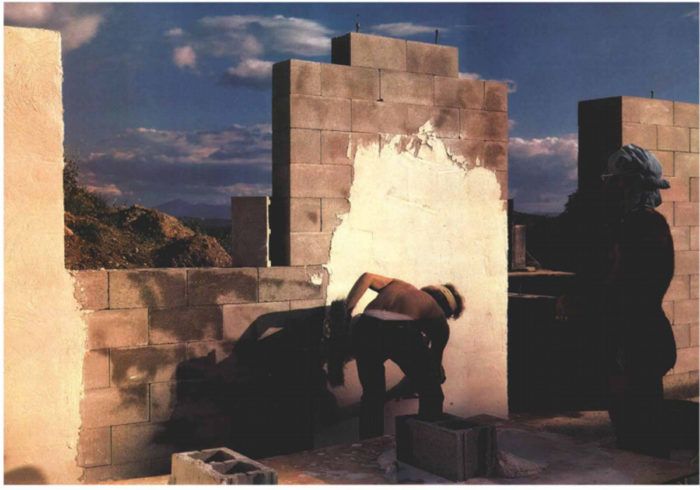
Synopsis: Making walls from surface-bonded block is faster, easier, and cheaper than either poured concrete or mortared concrete block, and the author argues that’s what makes it ideal for owner-builders. Block is laid up dry and then coated with a material that binds the wall together. Finished walls may be stronger than you think.
Pouring concrete walls is a difficult and risky business, and I don’t recommend it for the inexperienced. Even professionals sometimes have forms let go, creating various degrees of disaster and pandemonium on the site. Laying up block with mortar has drawbacks, too. It is time-consuming, it takes practice, and the result isn’t especially strong.
Surface-bonded block, on the other hand, suits owner-builders to a tee, and can be a less expensive alternative for professionals. It is a method of laying concrete blocks without mortar, then troweling both wall surfaces with a portland-cement coating laced with chopped fiberglass for strength. Built on standard footings, surface-bonded block walls can be used below and above grade, for foundation walls and for finished living spaces. The method is fast and reliable. It requires no particular skill, and the finished wall is stronger than a block-in-mortar wall.
Surface bonding was originally developed as a low-cost construction technique for self-help housing. A USDA booklet on the subject (Information Bulletin No. 374, now out of print) shows a 12-year-old boy doing a successful job after 15 minutes of practice. Even professional masons are reported to be 70% more productive using this method than laying up block in the conventional way. The USDA estimates that stacking and bonding 100 blocks would take a person an average of 7.4 hours. Several years ago, two friends of mine, Chapin and Donna Kaynor, built an earth-sheltered house using this technique. It took their crew of four inexperienced people, some of whom worked only part time, less than five days to stack and bond about 1,200 blocks.
Strength and cost
Stacked blocks coated with bonding mix have an average tensile strength (ability to withstand longitudinal stress) of from 300 psi to 500 psi, according to lab tests conducted by the USDA and the University of Georgia. This is about equal to the strength of unreinforced concrete, and is six times stronger than block laid up with ordinary mortar joints. Mortar has very little adhesive power, and virtually no tensile strength. Its main purpose is to level blocks between courses. Because the weakest part of conventional block walls is the bond between block and mortar, these joints tend to crack, making water seepage a problem. A surface-bonded wall, with its seamless outer coating, is much more watertight (though the coating alone should not be relied upon below grade).
Having a block-in-mortar wall built costs about twice the price of the materials, plus footing and reinforcing. In our area, concrete foundation walls currently cost around $95 to $105 per cubic yard poured in place, including formwork and labor. A typical full basement accounts for about 5% of the cost of a house, or over $3,200 for the average $65,000 home. The builder using surface-bonded block can save as much as 35% to 40% of this figure.
For more photos, illustrations, and details, click the View PDF button below:
